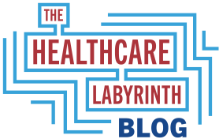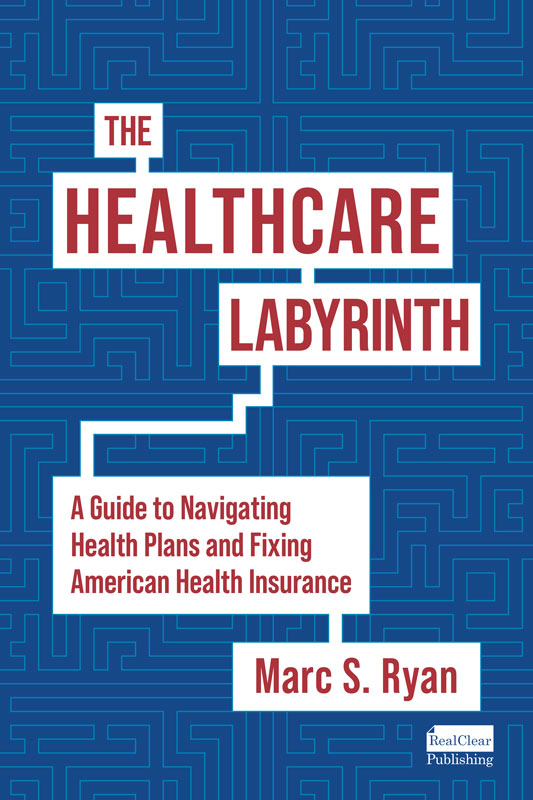A new risk adjustment study could lead to momentum to pass reforms
I have written about Medicare Advantage (MA) risk adjustment (RA) overpayments before, but a new study has me thinking again whether the time really has come for RA reform.
Many studies paint MA overpayments with a broad brush, saying the entire system is over-reimbursed. But a new study backs up something I have said for a long time – that a small number of larger MA plans receive a disproportionate benefit from these RA overpayment schemes by using aggressive or even fraudulent coding. The study by the Alliance of Community Health Plans (ACHP), a group that represents local and regional nonprofit payers, finds something similar to a few other studies that have zeroed in on the real culprits giving all of MA a bad name.
ACHP’s study finds that UnitedHealthcare, the biggest MA insurer, collected up to $785 more per beneficiary than local nonprofit plans in 2023, costing Medicare more than $6 billion in excess payments that year.
Humana, the second-biggest MA payer, collected $423 more per beneficiary that year than if those members were in ACHP member plans, costing Medicare an additional $4 billion.
UnitedHealthcare’s average risk scores were 36.2% higher and Humana’s were 19.2% higher than nonprofit health plan members of ACHP. Earlier studies show annual overpayments for United were $14 billion in 2021.
The Center for Medicare and Medicaid Services are going down a general pathway to ensure the RA system does not over-reimburse. It instituted a new risk model called v28, which seeks to take overcoding out. The model is being phased in from 2024 to 2026 and will mean an over 7% drop in revenue to plans.
CMS also recently announced its plans to significantly commit to risk adjustment data validation (RADV) audits, which now can include extrapolated penalties and targeting audits to diagnosis code submissions that could have the greatest risk of abuse. CMS says it will audit every contract for every year going forward. I have some issues with a 2023 RADV rule that was finalized as well as the current approach announced for the 2019 payment year. More aggressive but fair audits are important. Humana has filed suit against the rule and that takes a great deal of courage.
ACHP wants a new system accounting for members’ health needs based on patient demographics, such as age, sex, disability status, and on a small list of substantiated health conditions.
The reform proposal is not a bad idea. The RA system is likely far too complex and a trimmer list of conditions could adequately compensate plans for the risk of members they enroll.
At the same time, here is my ongoing list of reforms that could be made as a new risk adjustment system would obviously be years in the making and need a great deal of study and deliberation. Rumors are that MA overpayments along with site neutral payments are high on the list of reductions for a second budget reconciliation bill.
- Barring coding tied only to manual chart reviews.
- Barring coding tied only to health risk assessments.
- Applying the coding intensity factor on a plan-by-plan basis to take into account each plan’s relative coding intensity (with a credible adjustment for real differences in risk based on population demographics).
- Further refining the risk adjustment model to reduce overcoding, including using two years’ worth of diagnoses vs. one in each cycle.
- Increasing the negative coding intensity factor globally.
I am good with fast implementation of the first two for sure. Plans should only get credit when a provider can submit a diagnosis as a claim or encounter. I also am intrigued by the third item if it is fairly implemented, phased in, and recognizes relative risk in each contract. This could serve as an interim solution as more refined models are introduced. Avoiding the last item is key as it would discriminate against the clean players in MA.
#medicareadvantage #riskadjustment #overpayments
— Marc S. Ryan





